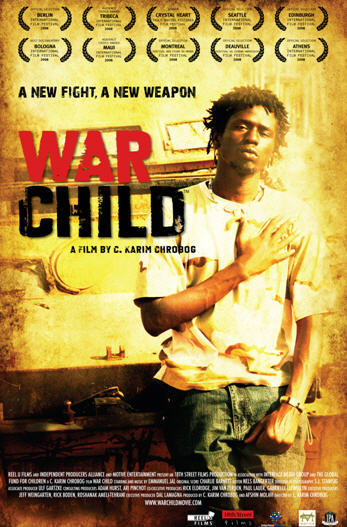

The figure of the child soldier has often been taken as evidence of the ‘barbarism’, dehumanization and trauma generated by modern warfare, but such images can obscure the complex reality of children’s experiences of being part of armed groups during conflict.

Since the 1990s, the ‘child soldier crisis’ has become a major humanitarian and human rights project. The article traces this delineation of evolving precarity, kinds of protectedness sought, found and tested, and power forms that impinge upon and are entered into by the boy soldier subject.Ĭhild soldiers have been heavily involved in contemporary African warfare. Although co-authored, the text throughout convincingly articulates Jal's single voice as a powerful witness against and interrogator of war – especially but not exclusively in its incorporation of children into military action. Jal details the forms of precarity impinging on the child during wartime, in the post-war youth's existence as well as the initially short-lived and fragile shelters available to the socially damaged misfit in the long struggle to cope with if not overcome post-war precarities. WARchild enlarges this scope in vividly evoking the protected family life of a war-affected child prior to military participation as an actual boy soldier who then looks for refuge and protection in power, brutality and bloodshed.

Child soldier texts have become icons of ambiguous precarity in African literary studies. Despite being a memoir and not a novel, Jal's text is both carefully shaped and affectively complex amenable to a literary reading along its intersecting axes of precarity, protectedness and power.


 0 kommentar(er)
0 kommentar(er)
